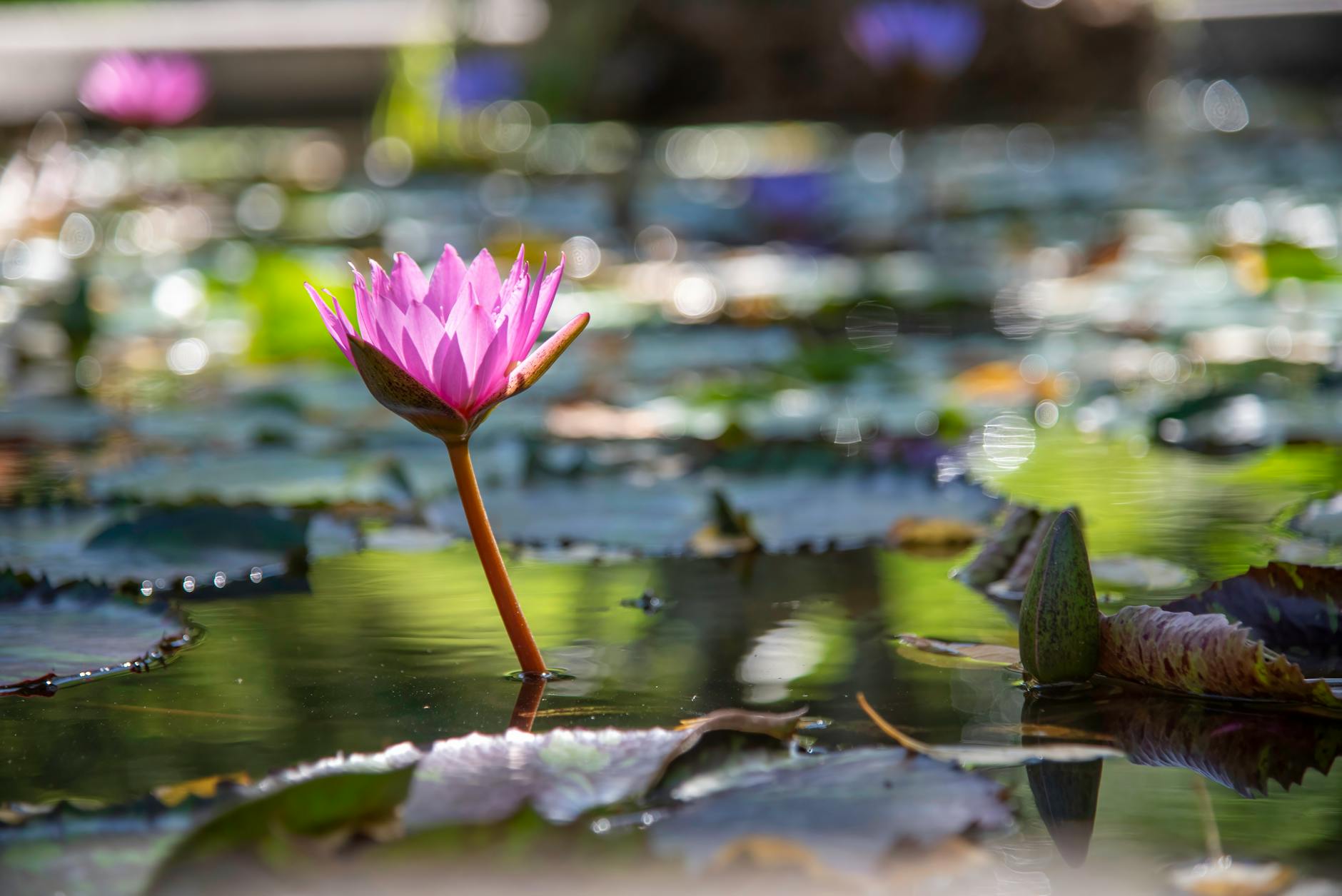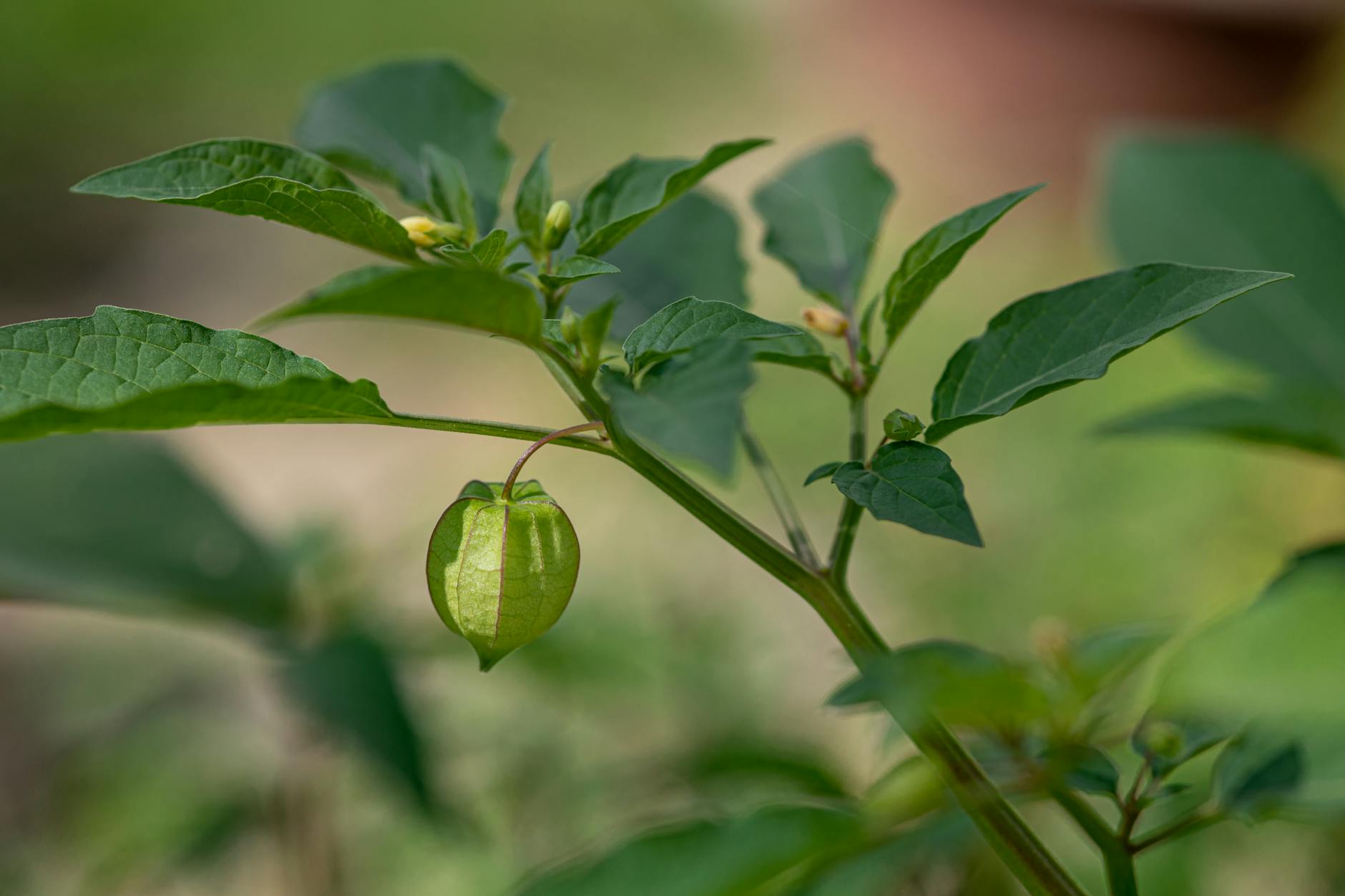Vertical Garden Maintenance Tips: How to Keep Your Green Wall Healthy

🌿 Have you ever marveled at a lush, vertical garden adorning the side of a building or brightening up an indoor space? These living walls are not just stunning works of art; they're thriving ecosystems that require careful attention to maintain their beauty and vitality. But here's the catch: many garden enthusiasts shy away from vertical gardens, fearing they're too complex to maintain.
Don't let that fear hold you back! With the right knowledge and techniques, caring for your vertical garden can be a rewarding and manageable experience. Whether you're nurturing an outdoor green facade or an indoor living wall, understanding the nuances of vertical garden maintenance is key to ensuring your green masterpiece flourishes year-round. Ready to unlock the secrets of keeping your vertical garden in peak condition? Let's dive into the essential maintenance tasks, explore the differences between outdoor and indoor care, and discover the surprising advantages of proper vertical garden upkeep. 🌱💚
Maintenance tasks for vertical gardens

Watering and Irrigation
Proper watering is crucial for vertical garden maintenance. Implement an efficient irrigation system to ensure all plants receive adequate water. Consider the following options:
-
Drip irrigation: Delivers water directly to plant roots
-
Misting systems: Ideal for tropical plants and humid environments
-
Self-watering planters: Reduce manual watering frequency
| Irrigation Method | Pros | Cons |
|---|---|---|
| Drip irrigation | Water-efficient, targeted | Initial setup cost |
| Misting systems | Creates humidity, even coverage | Potential for overwatering |
| Self-watering planters | Low maintenance, consistent moisture | Limited plant variety |
Fertilizing and Soil Management
Regular fertilization is essential for vertical gardens due to limited soil volume. Follow these tips:
-
Use slow-release fertilizers for consistent nutrient supply
-
Apply liquid fertilizers during growing seasons
-
Monitor soil pH and adjust as needed
-
Replace or top up soil annually to maintain nutrient levels
Pruning and Plant Health
Maintain the aesthetics and health of your vertical garden through regular pruning:
-
Trim dead or yellowing leaves
-
Control plant growth to prevent overcrowding
-
Propagate cuttings to fill gaps or replace unhealthy plants
-
Inspect for pests and diseases regularly
Structural Maintenance
Ensure the longevity of your vertical garden by maintaining its structure:
-
Check and tighten support systems periodically
-
Clean and maintain irrigation components
-
Inspect for water damage or leaks
-
Replace or repair damaged planters or modules
With these maintenance tasks in mind, let's explore the specific requirements for outdoor green facade maintenance, which presents unique challenges and opportunities.
Outdoor green facade maintenance

Regular Inspections and Cleaning
Regular inspections and cleaning are crucial for maintaining outdoor green facades. Conduct visual checks at least once a month to identify any issues such as pest infestations, diseased plants, or structural damage. Clean the facade periodically to remove dust, debris, and dead leaves. This not only improves the aesthetic appeal but also prevents the accumulation of pests and pathogens.
Irrigation System Maintenance
A well-functioning irrigation system is vital for the health of your outdoor green facade. Here's a maintenance checklist:
-
Check for leaks or blockages in the irrigation pipes
-
Clean and unclog drip emitters or spray nozzles
-
Adjust watering schedules based on seasonal changes
-
Test water pressure and flow rates
-
Replace damaged components promptly
Pruning and Plant Care
Regular pruning helps maintain the shape and health of your green facade. Follow these tips:
-
Trim overgrown plants to prevent them from obstructing walkways or windows
-
Remove dead or yellowing leaves to promote new growth
-
Prune plants to encourage bushier growth and maintain the desired aesthetic
-
Use clean, sharp tools to avoid damaging the plants
Pest and Disease Management
Implement an integrated pest management approach to protect your outdoor green facade:
| Method | Description | Frequency |
|---|---|---|
| Biological control | Introduce beneficial insects | As needed |
| Cultural practices | Proper watering and pruning | Regularly |
| Physical barriers | Install nets or screens | Once, monitor |
| Chemical control | Use eco-friendly pesticides | Last resort |
Structural Maintenance
Ensure the supporting structure of your green facade remains sturdy and secure. Inspect the framework, cables, or trellises for signs of wear, rust, or damage. Tighten loose components and replace any damaged parts to maintain the integrity of the system.
Indoor green wall maintenance

Watering and Irrigation
Indoor green walls require consistent moisture, but overwatering can lead to root rot and other issues. Implement an efficient irrigation system to maintain optimal moisture levels:
-
Drip irrigation: Delivers water directly to plant roots
-
Mist systems: Provide humidity for tropical plants
-
Self-watering systems: Ensure consistent moisture delivery
| Watering Method | Pros | Cons |
|---|---|---|
| Drip irrigation | Water-efficient, targeted | Initial setup cost |
| Mist systems | Increases humidity | May cause water spots |
| Self-watering | Low maintenance | Potential for overwatering |
Pruning and Plant Health
Regular pruning is essential for maintaining the aesthetic appeal and health of your indoor green wall:
-
Remove dead or yellowing leaves
-
Trim overgrown plants to maintain shape
-
Inspect for pests and diseases regularly
Nutrient Management
Indoor living walls require proper nutrition to thrive. Implement a feeding schedule using:
-
Liquid fertilizers through the irrigation system
-
Slow-release fertilizers applied directly to the growing medium
-
Organic compost for a natural nutrient boost
Monitor plant health and adjust nutrient levels as needed to ensure vibrant growth.
Lighting Considerations
Adequate lighting is crucial for indoor green walls. Consider these options:
-
Natural light: Position near windows when possible
-
LED grow lights: Provide supplemental lighting for low-light areas
-
Adjustable lighting systems: Customize light intensity and duration
With proper maintenance, your indoor green wall will continue to thrive, purifying the air and enhancing your interior space. Next, we'll explore the numerous advantages of maintaining vertical gardens, both indoors and outdoors.
Advantages of vertical garden maintenance
Advantages of vertical garden maintenance
Maintaining your vertical garden offers numerous benefits that extend beyond aesthetics. Regular upkeep ensures the longevity of your living wall and promotes a healthier urban environment. Here are some key advantages:
-
Enhanced air quality
-
Improved energy efficiency
-
Increased property value
-
Extended lifespan of the vertical garden
-
Pest and disease prevention
Environmental benefits
Proper maintenance of vertical gardens contributes significantly to environmental sustainability:
| Benefit | Description |
|---|---|
| Carbon sequestration | Well-maintained plants absorb more CO2, reducing urban heat islands |
| Biodiversity | Regular care attracts and supports diverse wildlife in urban areas |
| Noise reduction | Healthy, dense foliage acts as a natural sound barrier |
| Stormwater management | Properly maintained systems efficiently filter and retain rainwater |
Economic advantages
Investing in vertical garden maintenance can lead to long-term cost savings:
-
Reduced energy costs through improved building insulation
-
Lower repair expenses by preventing structural damage
-
Increased property value due to enhanced aesthetic appeal
-
Potential tax incentives for sustainable urban landscaping
Regular upkeep of vertical gardens, whether indoor living walls or outdoor green facades, ensures optimal performance of plant watering systems and irrigation. This not only preserves the beauty of your vertical garden but also maximizes its functional benefits. As we explore further, you'll discover how these advantages translate into practical tips for both DIY enthusiasts and professional gardeners alike.

Maintaining your vertical garden is essential for its longevity and beauty. Whether you have an outdoor green facade or an indoor living wall, regular care ensures your plants thrive and continue to provide aesthetic and environmental benefits. From watering and pruning to pest control and nutrient management, each task plays a crucial role in keeping your vertical garden healthy and vibrant.
By dedicating time to proper maintenance, you'll not only preserve the visual appeal of your vertical garden but also enjoy numerous advantages. These include improved air quality, enhanced energy efficiency, and a boost to your overall well-being. Embrace the care routine for your vertical garden, and watch as it transforms your space into a lush, thriving oasis that continues to delight and inspire.


.png)

0 Comments